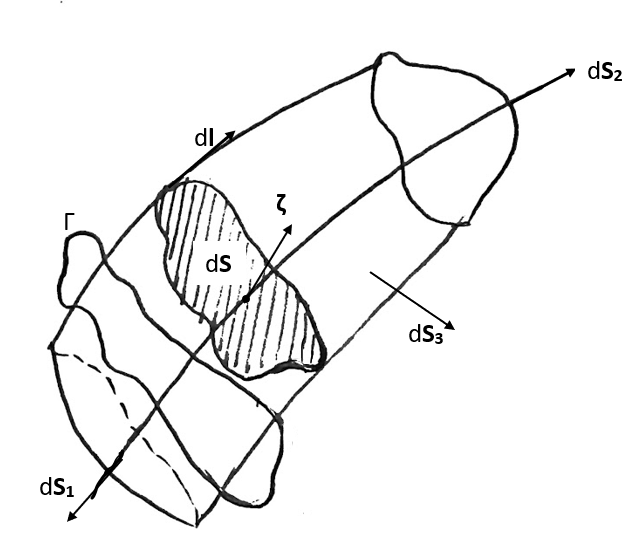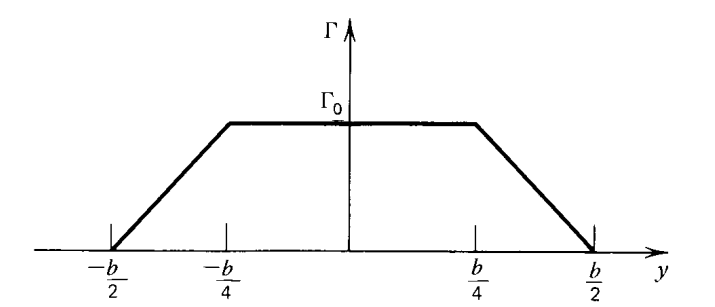For a general point \(x\),
\[C_m(x) = C_{m_{c/4}} + (x-c/4)C_l\]
where, \(C_{m_{c/4}} = C_{m_{0, c/4}} + C_{m_{\alpha, c/4}}\, \alpha\) and \(C_l = C_{l_0} + C_{l_\alpha}\, \alpha\).
Therefore, \[C_m(x) = C_{m_{0, c/4}} + C_{m_{\alpha, c/4}}\, \alpha + (x-c/4)\,(C_{l_0} + C_{l_\alpha}\, \alpha)\]
Differentiating wrt \(\alpha\),
\[ \frac{\operatorname{d}C_m(x)}{\operatorname{d}\alpha} = C_{m_{\alpha, c/4}} + (x-c/4)\,C_{l_\alpha}\]
For the aerodynamic center,
\[ \frac{\operatorname{d}C_m(x_{ac})}{\operatorname{d}\alpha} = 0\]
which leads to
\[ \bar{x}_{ac} = \frac{1}{4} - \frac{C_{m_{\alpha, c/4}}}{C_{l_\alpha}}\]

